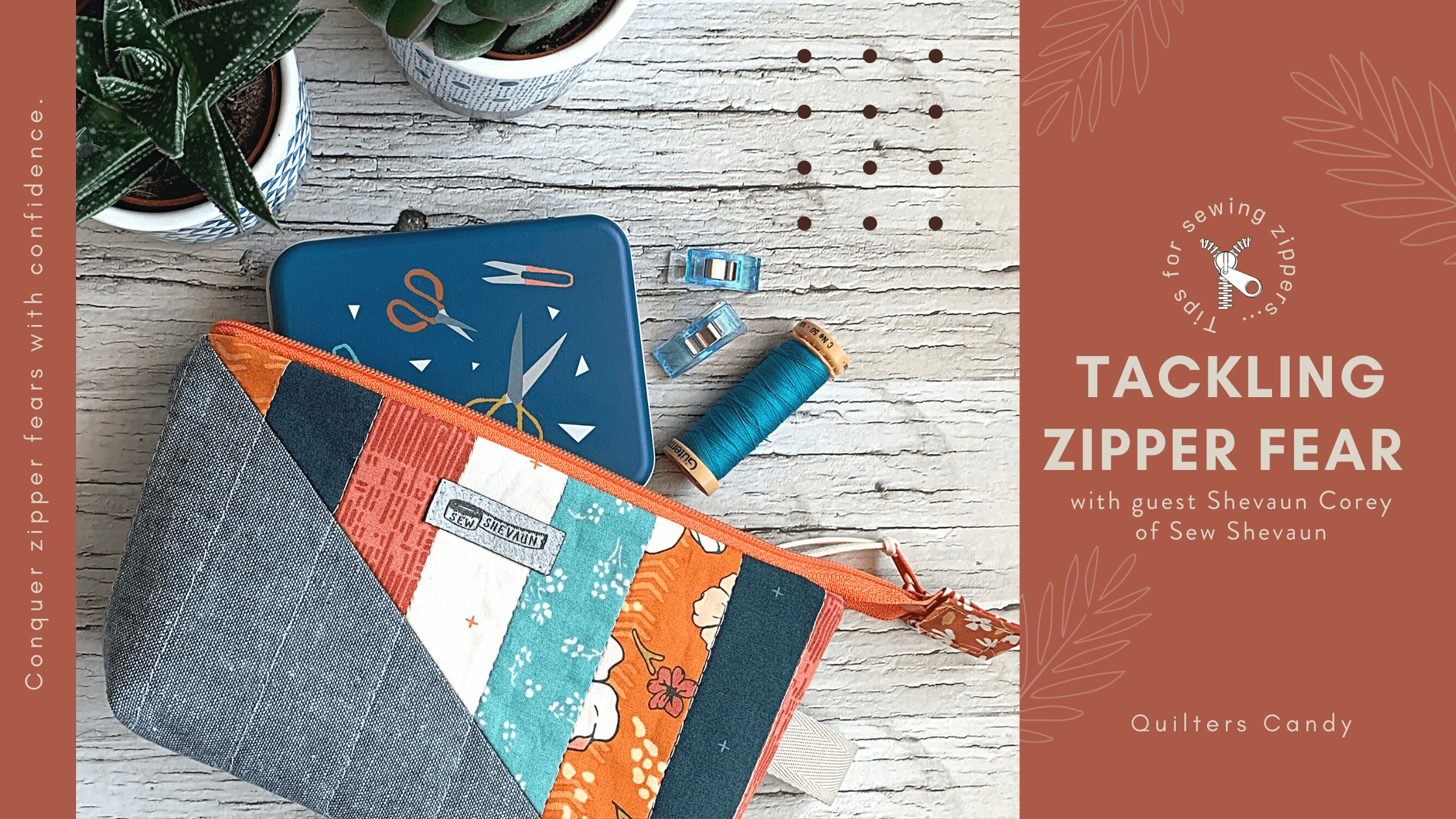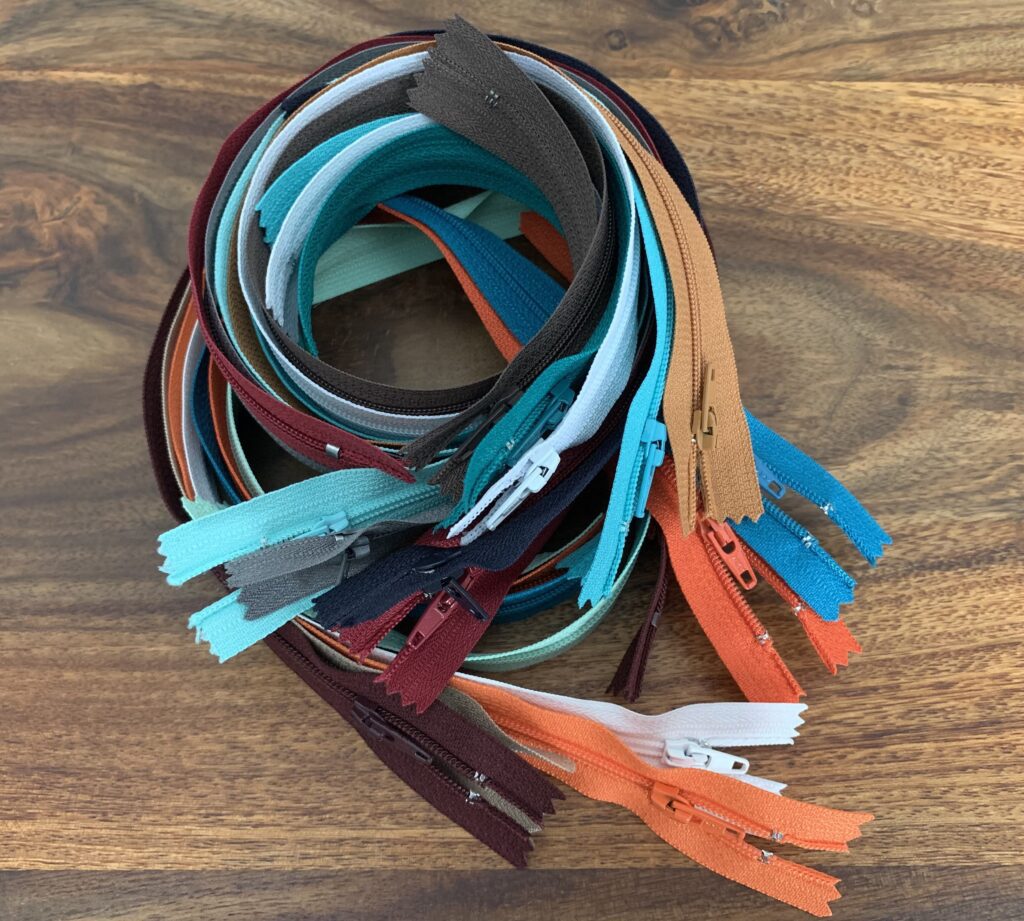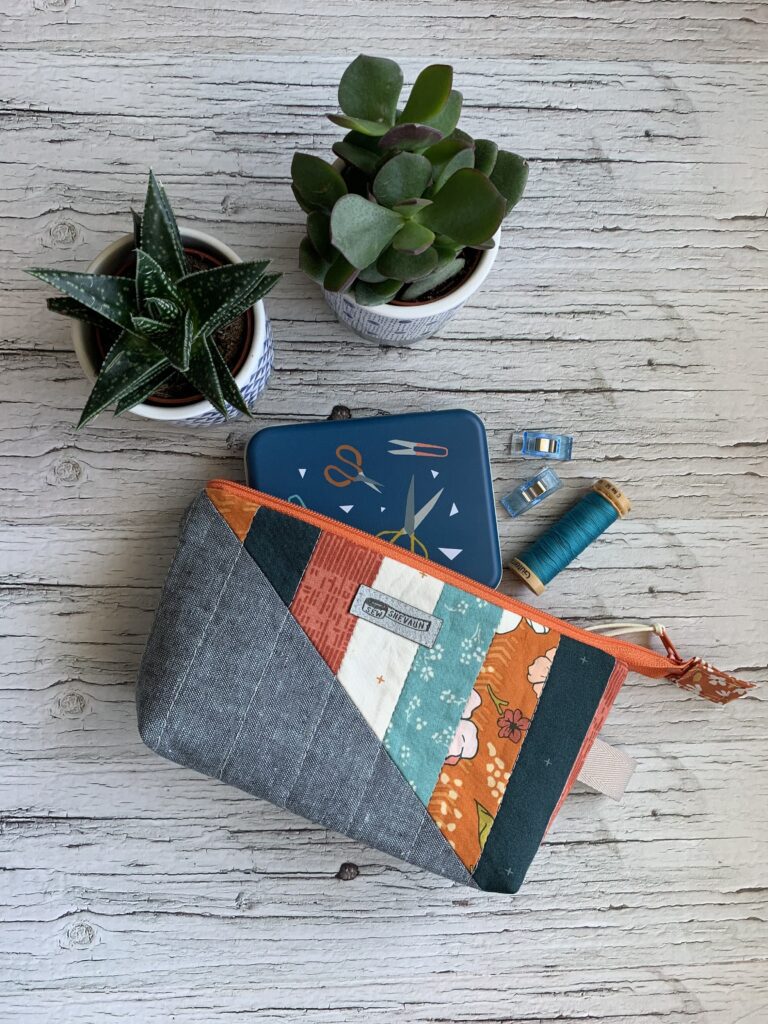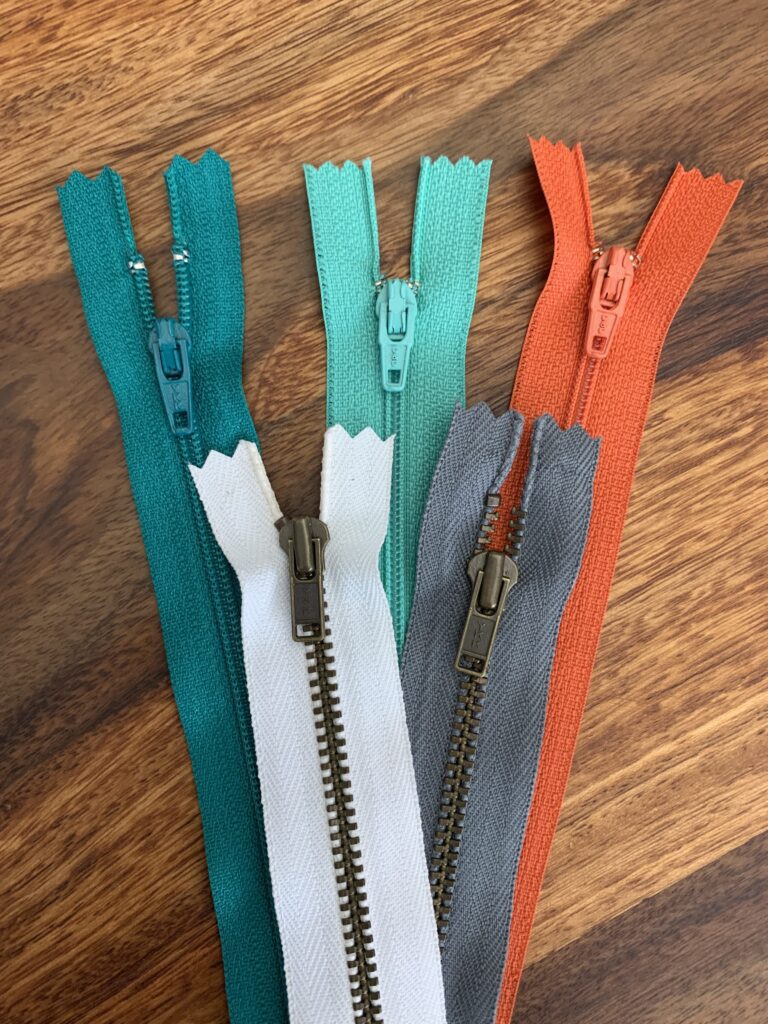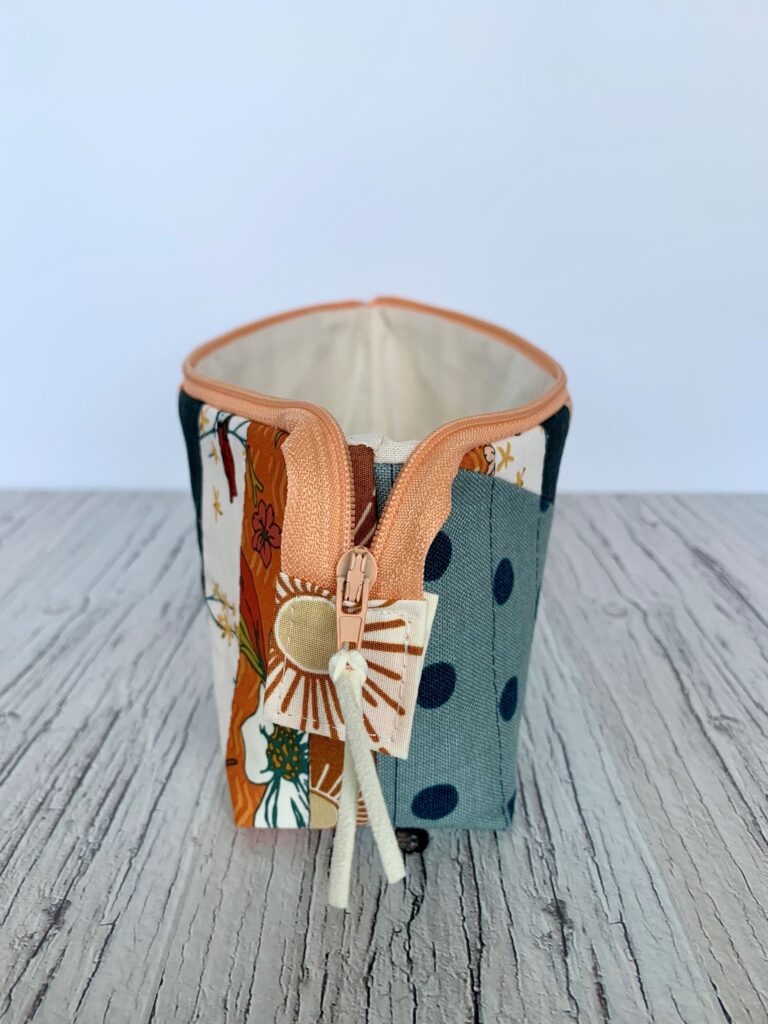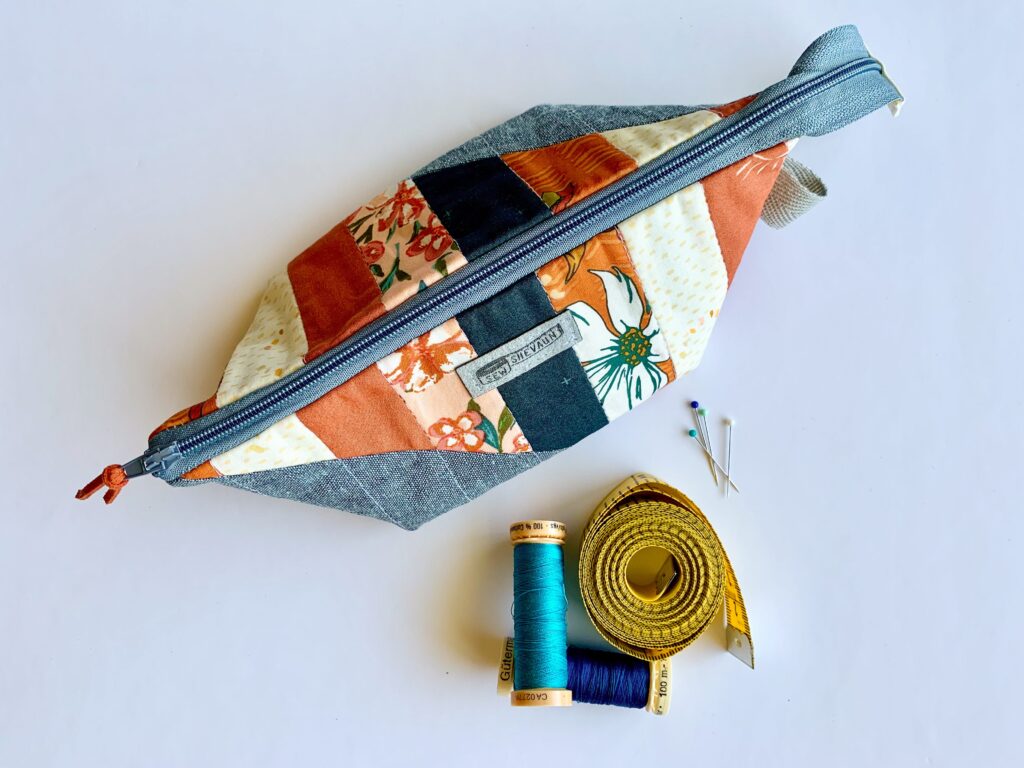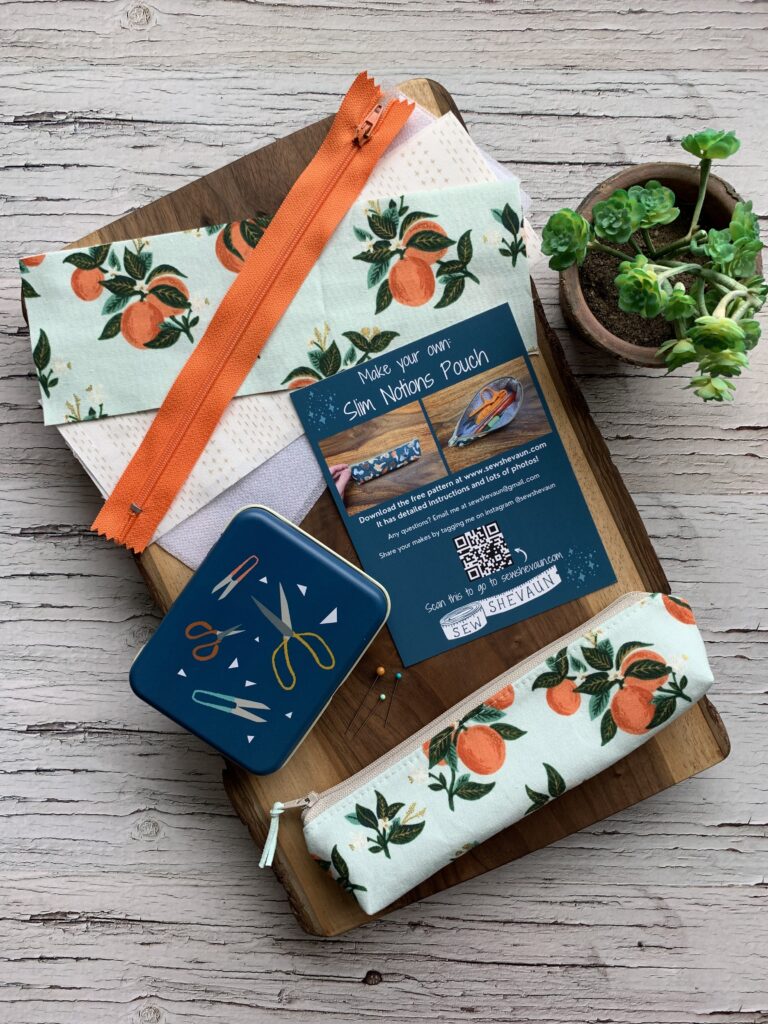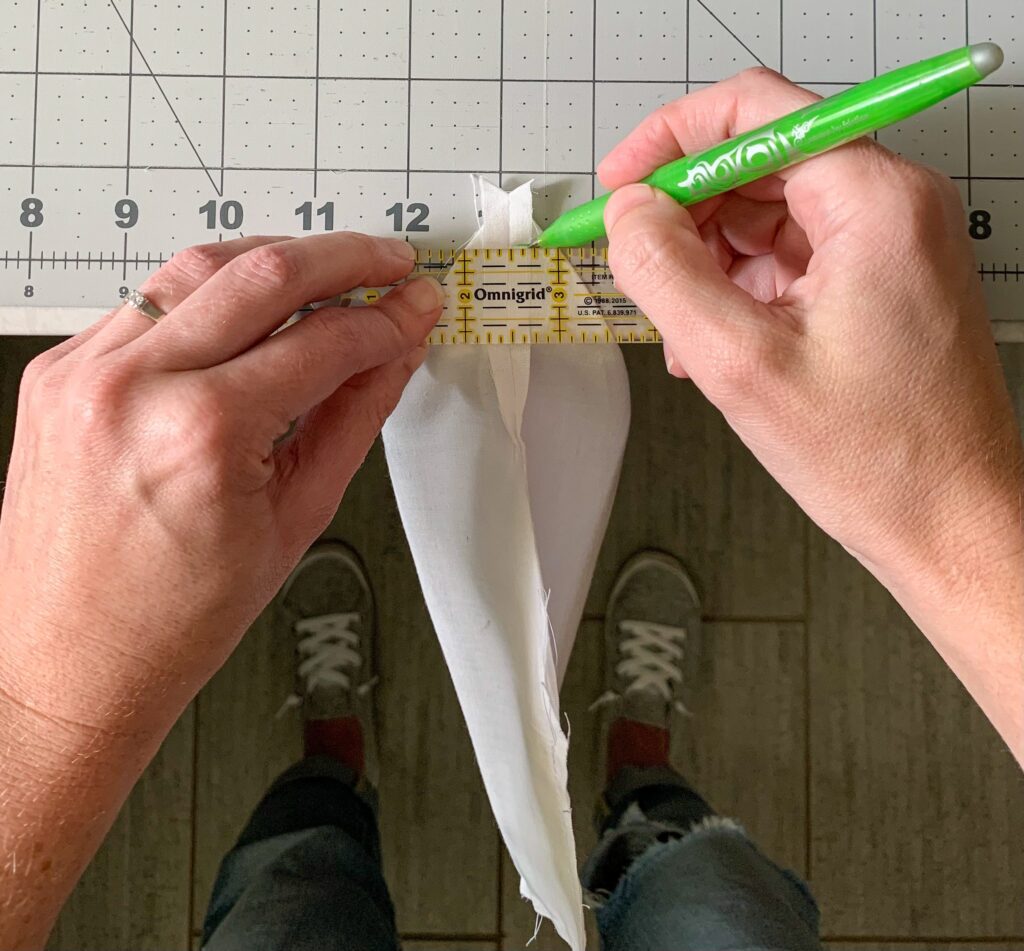Tackling Zipper Fear
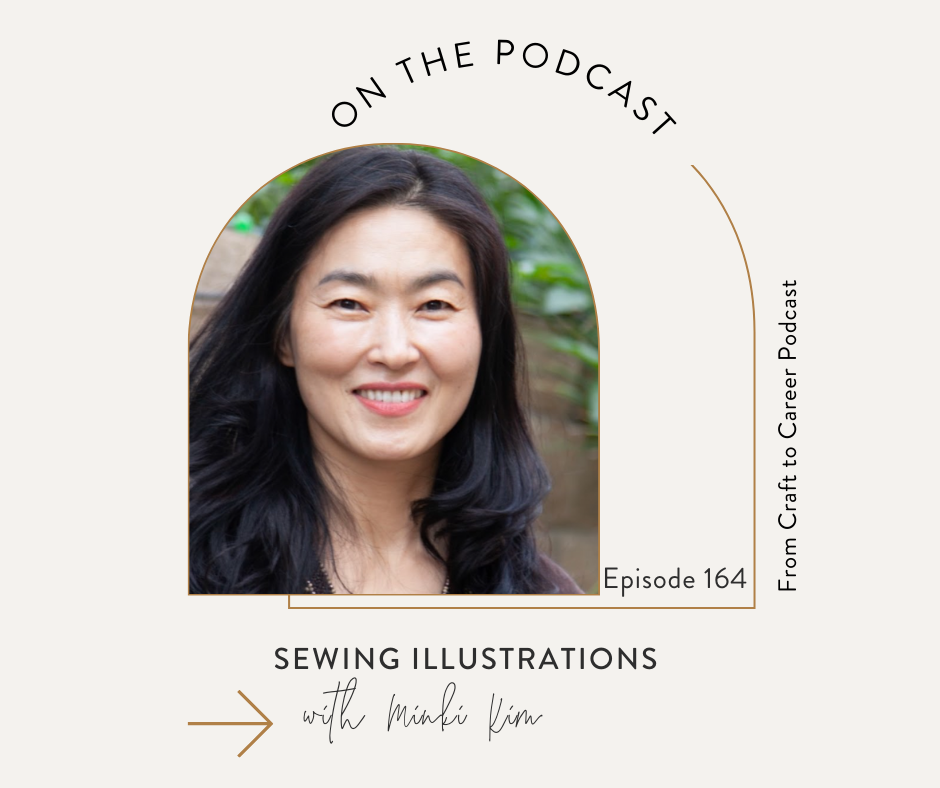
the latest
July 26, 2024
Sewing Illustrations with Minki Kim Minki Kim is a sewing illustrator who has fabulous talent and so much to offer in the sewing and quilting creative space. I have been a fan of since I started my quilting career and am excited for her to share her story with you! We talk about what we […]
tune in
tune into the
Craft to Career
Podcast
Each week get insights on how to turn your craft into a successful career. With both guest speakers and tips from myself, you get valuable, free education on the Craft to Career podcast!
or SEARCH THESE
Popular categories
Craft to Career
Digital Downloads
Patterns
Podcast
Quilt Alongs
Quilt Questions
Tutorials
